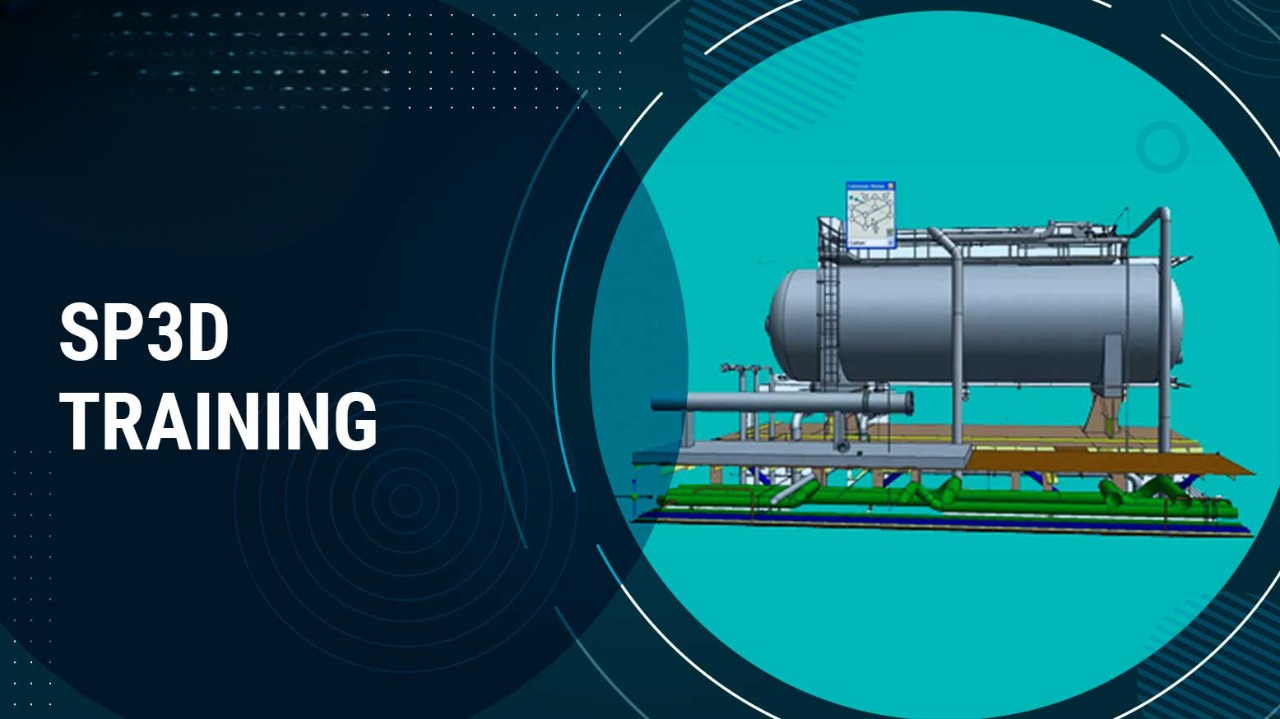Introduction
SmartPlant 3D (SP3D) stands as a cornerstone in the realm of engineering and construction software, revolutionizing the design and management of complex plant facilities. This sophisticated 3D modelling tool, developed by Intergraph, seamlessly integrates various engineering disciplines, fostering collaborative design environments. The sp3d software goes beyond conventional design software, offering clash detection, automated isometric drawing generation, and comprehensive reporting capabilities. As a comprehensive solution, it enhances efficiency, accuracy, and collaboration throughout the entire lifecycle of a project.
In this article, we explore the myriad benefits that make SP3D an indispensable tool for modern engineering endeavours.
Benefits Of SP3D Software
SmartPlant 3D (SP3D) is a comprehensive 3D modelling software used in the engineering and construction industries, primarily for designing and managing plant facilities such as chemical plants, refineries, and power generation facilities. This powerful software offers a range of benefits that contribute to efficient design, collaboration, and project management.
Here are some key advantages of SP3D.
1. Integrated 3D Modelling
SP3D provides a robust platform for creating detailed 3D models of plant structures and equipment. This integrated modelling environment allows engineers to design and visualize the entire plant in a three-dimensional space. This aids in a better understanding of the project and helps identify potential clashes or interferences early in the design phase.
2. Enhanced Collaboration
One of the major benefits of SP3D is its ability to facilitate collaboration among different engineering disciplines. The software allows multiple teams, including process, piping, structural, and instrumentation, to work concurrently on the same model. This collaborative environment fosters better communication and coordination, reducing errors and ensuring a more streamlined design process.
3. Efficient Design and Engineering
SP3D automates many design tasks, increasing efficiency and reducing the likelihood of errors. The software incorporates industry-specific design rules and standards, ensuring that the final design complies with safety regulations and best practices. This not only speeds up the design process but also enhances the accuracy and quality of the final deliverables.
4. Clash Detection and Resolution
With the ability to create an integrated 3D model, SP3D facilitates clash detection, helping identify conflicts between different components or systems. Early detection of clashes allows engineers to resolve issues before construction, saving both time and resources. This proactive approach minimizes the need for costly rework during the construction phase.
5. Material and Cost Estimation
SP3D enables accurate material take-offs and cost estimations by linking the 3D model with a comprehensive materials database. This feature helps project managers and cost estimators make informed decisions and provides a reliable basis for project budgeting and procurement planning.
6. Automated Isometric Drawing Generation
SP3D automates the generation of isometric drawings, which are crucial for the fabrication and construction phases. This automation reduces the manual effort required for creating detailed drawings and minimizes the chances of errors. The consistent and accurate isometric drawings generated by SP3D contribute to the overall efficiency of the project.
7. Comprehensive Reporting
The software provides a variety of reporting tools that allow users to extract relevant information from the 3D model. This includes material lists, equipment data, and other project-related information. The availability of comprehensive reports aids in project management, decision-making, and regulatory compliance.
8. Interoperability
SP3D supports interoperability with other engineering software and tools, facilitating the exchange of data between different disciplines and project phases. This interoperability enhances flexibility and allows organizations to integrate SP3D into their existing workflows seamlessly.
9. Lifecycle Management
SP3D supports the entire lifecycle of a plant facility, from conceptual design to operation and maintenance. The 3D model created during the design phase serves as a valuable asset for facility management, enabling easier maintenance, modifications, and future expansions.
10. Training and Support
Intergraph, the developer of SP3D, provides comprehensive training and support for users. This ensures that engineers and designers can maximize the benefits of the software, stay updated on new features, and troubleshoot any issues effectively.
Conclusion
In summary, SP3D offers a wide range of benefits, from integrated 3D modelling to efficient collaboration and comprehensive reporting. Its features contribute to a more streamlined and accurate design process, ultimately leading to cost savings and improved project outcomes in the engineering and construction industries.

